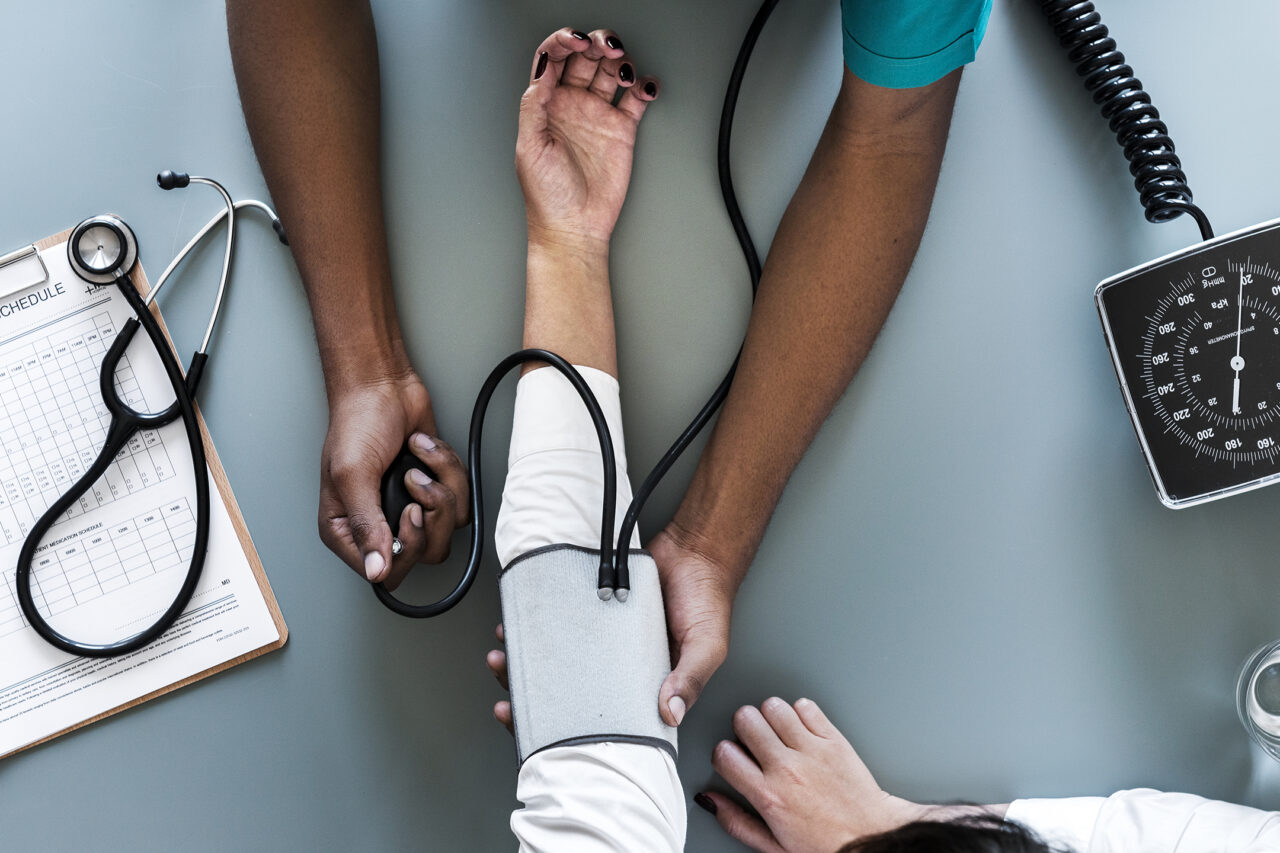Imagine a 68-year-old patient who has COVID-19. Most likely she will also have high blood pressure and kidney problems as these issues often go together in older adults. When she goes to see a doctor, the treatment cannot just focus on the COVID-19 infection, but also needs to consider the other health conditions, and factor them into an overall health risk and treatment plan.
To help health care professionals find the connections between health conditions, risk and treatment plans, researchers at the University of Texas Medical Branch developed machine learning methods that can automatically find conditions that frequently go together in national level data and used them to predict the risk of a patient in the clinic, and for designing targeted treatments.
“One of the challenges in treating patients with multiple conditions is to know which ones frequently go together, and their risk for negative outcomes like complications and having to return to the hospital” said Dr. Suresh K. Bhavnani, lead author of the study published in the Journal of Medical Informatics describing the machine learning method and professor of Biomedical Informatics at the School of Public and Population Health at UTMB. “Such information, derived from national level data, can be powerful to complement a doctor in designing treatments that are more targeted to patient’s profiles, resulting in better outcomes with fewer side-effects.”
In the study, funded by the Patient Centered Outcomes Research Institute (PCORI), researchers developed and tested a machine learning approach called Modeling and Interpreting Patient Subgroups (MIPS) to tackle the problem of hospital readmission in three conditions using national-level data of more than 190,000 patients. This approach automatically identified and visualized disease subtypes in a way that clinicians could understand and design treatments. Subsequently, models automatically classified a new patient into one or more disease subtypes and predicted that patient’s risk for being readmitted to the hospital.
“These patterns of ‘diseases that go together’ are known as disease subtypes,” Bhavnani said. “While numerous studies have identified disease subtypes, currently there is a gap in using them in the clinic to treat a specific patient.”
The results demonstrated a general way to integrate the identification of subtypes, visualize them so they could be understood by doctors for designing treatments, and use them to categorize patients and measure their risk. The researchers are currently testing the same approach to identify and predict the risk of subtypes in stroke patients undergoing rehabilitation, with an interface for a clinical decision support system which provides subtype and risk information for rapid use in the clinic.
“The integration of the visualization, classification, and predictive models in a general framework will be useful for treating a wide range of condition-specific subtypes,” said Dr. Mukaila Raji, co-author of the study and Director at the Division of Geriatric & Palliative Medicine at UTMB. “Such generalizable approaches can greatly accelerate the use of machine learning methods in the clinic to improve patient care.”


